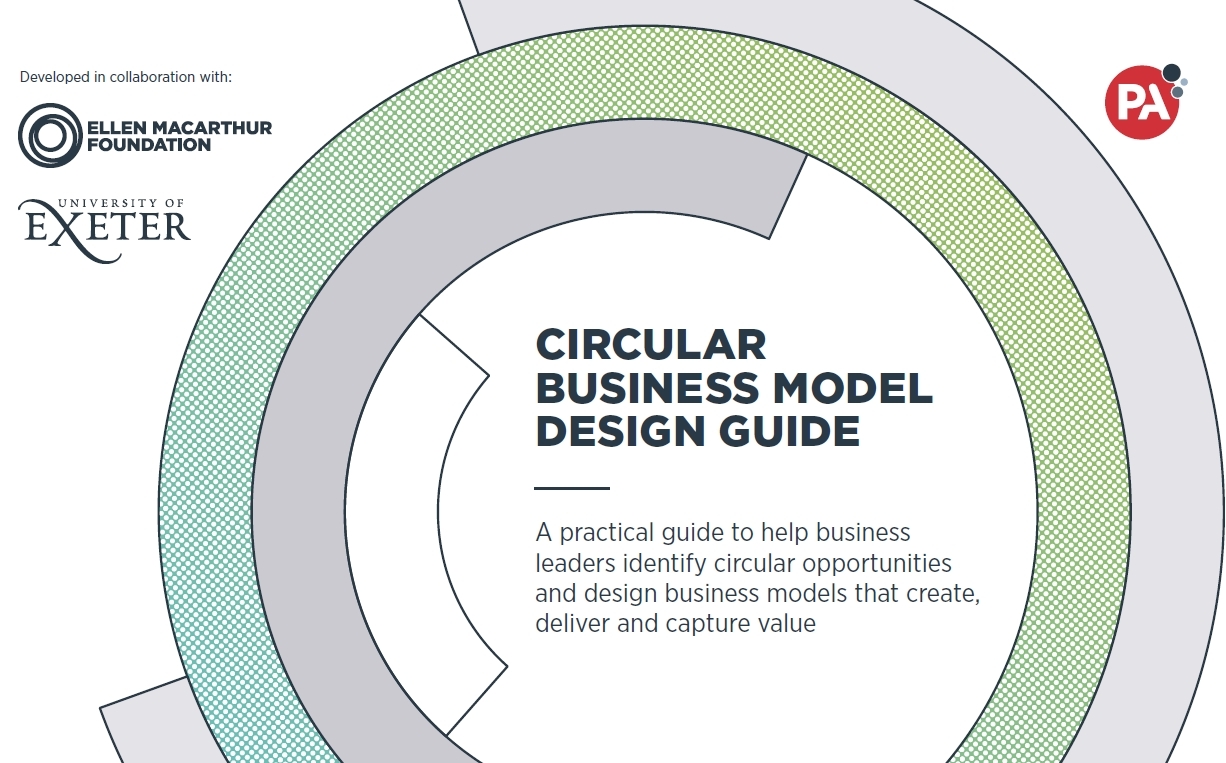A circular business model is a win-win for both the planet and business
Tags
Read the article in Børsen here
The transition to a circular business model is one of the biggest transformations that most companies are facing right now. According to the World Economic Forum, a transformation to a circular economy globally could generate savings of up to 200 billion dollars per year from 2040, strengthening the case for organisations to transform from a linear to a circular business model.
This journey is particularly exciting because it not only involves living up to external demands to take care of the planet and deliver sustainable growth, but equally provides a golden opportunity to optimise and secure the future of businesses in the same way as digitization did ten years ago.
Traditionally, a transformation is understood as a complete change. In the business world, a transformation is most often seen when organisations adapt to new macroeconomic conditions, political initiatives and technological or environmental requirements from the external world.
In recent years, many organisations have had to undergo transformations to respond to external demands for agility, digitization and now a circular business model.
This makes a circular business model a key element in an organisation's adaptation to increasing demands to deliver socially and environmentally sustainable growth.
The Ellen MacArthur Foundation has defined a circular business model as one which is based on three basic principles: firstly, to design waste and pollution out of the system, secondly to ensure products and resources are in use and last but not least, to regenerate nature's own systems.
Based on these principles, a journey of transformation towards a circular business model is, on the one hand, about securing the existence of your organisation by taking responsibility for the fact that in the long term, there resources are not infinite.
On the other hand, it is about seeing the potential in developing new products using fewer resources and so at lower cost. It is a win-win for everyone, both the planet and business.
Although the arguments for circular economy are difficult to disagree with, we at PA Consulting find that organisations often find the journey of transformation challenging. It is far from being an easy task.
We have three pieces of advice for managing the transformation towards a circular business model, based on experience from previous transformations.
1. Addressing a specific customer need
The transformation must create value for current or future customers as well as partners. In other words, the business case must be driven by a customer need, and the internal processes must be streamlined to support it.
It is also one of the key elements in transforming to a circular business model as consumers are increasingly demanding sustainable brands, products and services and are willing to pay more for them.
For example, Apple has designed products which have parts that can be recycled for another purpose through a return system. The return system allows customers to exchange phones or laptops for an Apple gift card. The returned products are then refurnished and made ready for resale or recycling.
2. Prioritisation and clear communication from management
The transformation must be integrated into the strategy across the organisation and be given a high priority in management processes.
A strong narrative must be communicated about the desired future, which describes value creation, e.g. what new skills it requires.

Creating value in new ways with the circular economy
Ongoing communication from management is a great catalyst for ensuring the change is embedded across the entire organisation, so that everyone is engaged in participating proactively in the transformation journey and understand its purpose.
If the transformation is to succeed, the transition to a circular business model and the implementation of new sustainable initiatives must be communicated as an integral part of the organisation's overall strategy and not as a separate “sustainability strategy”.
For example, Philips has been focusing on transforming to a circular business model for a number of years. Their CEO, Frans Van Houten, has clearly communicated an ambition that 25 per cent of their sales must come from circular products by 2025, and that all their circular initiatives must be integrated into the organisation's innovation strategy.
3. Ensuring the right competencies
Having the right skills to drive change are a necessity. Therefore, start by identifying whether they are best secured through hiring new people or developing existing employees. For existing employees, it is important to make sure they receive the necessary support from management. Training and education are required to develop the desired competencies.
It is necessary to ensure that employees are given the right foundations for adopting a circular mindset, so that the circular principles become an integral part of the business and its culture.
For example, IKEA is undergoing a transformation towards becoming a circular business by 2030, which involves building a circular mindset and rethinking the entire value chain from design to sale of the product.
The organisation continuously focuses on having the right competencies e.g. the skills to design circular products for resale or recycling.
At PA Consulting, we understand the challenge that organisations face, and that it is not easy to succeed in transforming to a circular business model. However, we know that the most successful transformations are those that manage to implement these three pieces of advice. And now is the time to start.
Explore more







